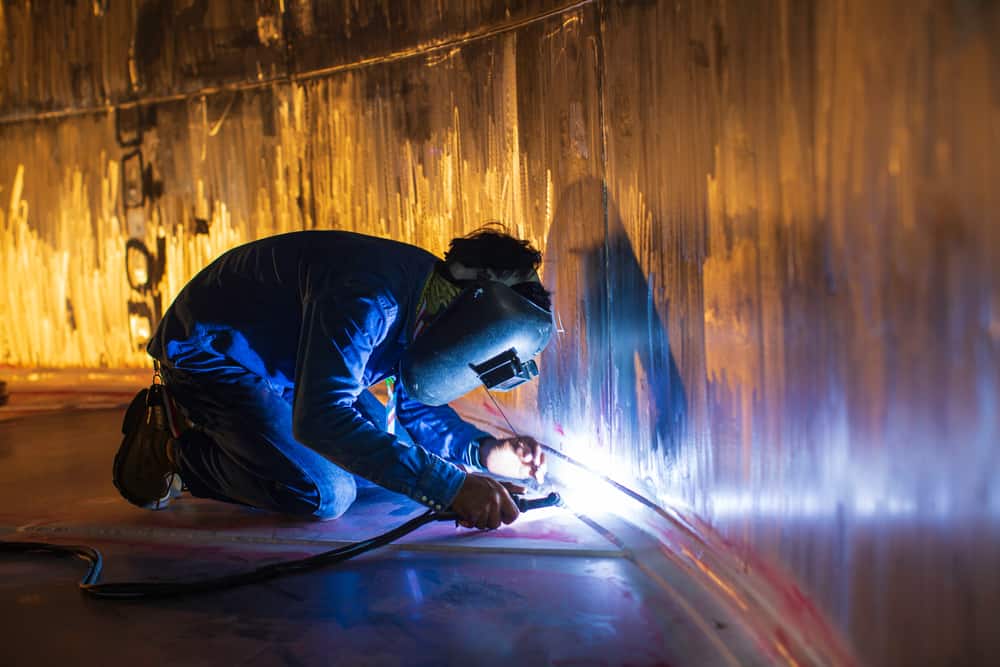Certain indispensable techniques have paved the way for innovative and durable creations in metal fabrication and welding. One such technique is Metal Inert Gas (MIG) welding, renowned for its efficiency and effectiveness in fusing metals together. At the heart of this welding method lies an unsung hero known as mig shielding gas, which is crucial in confirming the grade and integrity of the welds produced.
Enhancing Welding Precision with Shielding Gas
Precision in Fusion
MIG welding stands as a beacon of precision when it comes to joining metals. The fusion process involves the melting of base metals and the subsequent creation of a joint through solidification. Shielding gas takes centre stage by enveloping the weld zone, safeguarding it from atmospheric contaminants such as oxygen, nitrogen, and moisture. If left unchecked, these contaminants can result in porous and weak welds.
Gas Selection for Optimal Outcomes
Choosing the right shielding gas is paramount to the success of any MIG welding project. Different metals demand different shielding gases for optimal results. For instance, carbon dioxide (CO2) finds its place when welding carbon steels. On the other hand, a mixture of argon and carbon dioxide suits stainless steel welding impeccably. This precise selection ensures the formation of robust bonds that exhibit remarkable mechanical properties.
The Dual Role of Shielding Gas
Contaminant Prevention
At its core, the primary function of shielding gas is to create a protective cocoon around the weld pool. This cocoon serves as a barrier against external elements that could lead to imperfections in the weld. By preventing the intrusion of contaminants, shielding gas aids in producing welds of exceptional quality, free from cracks and voids.
Stabilising the Arc
Shielding gas wears another hat in the realm of MIG welding by stabilising the welding arc. The arc, a critical component in the welding process, can be volatile and susceptible to disturbances. The introduction of a suitable shielding gas regulates the arc’s behaviour, resulting in a controlled and consistent welding experience. This stability not only enhances the weld’s appearance but also contributes to the overall efficiency of the process.
Achieving Aesthetic Welds
Reducing Spatter
The presence of spatter, those unwanted flecks of molten metal that scatter during welding, is a common concern in welding. Shielding gas, with its barrier-forming prowess, aids in minimising spatter formation. By enveloping the weld zone, the gas curtails the interaction between molten metal and the surrounding air, mitigating spatter and yielding a neater weld.
Improving Bead Appearance
The visual appeal of a weld holds immense significance, particularly in applications where aesthetics are valued. Shielding gas plays a role in enhancing bead appearance, ensuring that the weld’s surface is smooth and visually pleasing. This attribute is precious in automotive manufacturing and architectural metalwork industries.
Economic Advantages of Shielding Gas in MIG Welding
Minimising Post-Weld Cleaning
Inadequate protection during welding can lead to the formation of slag, oxide layers, and other residues. These byproducts necessitate extensive post-weld cleaning procedures, consuming valuable time and resources. Shielding gas circumvents this predicament by curbing the formation of such contaminants, thus reducing the need for elaborate cleaning processes.
Diminishing Rework Requirements
Incorporating shielding gas as a proactive measure diminishes the need for rework. Welds executed in an environment shielded from impurities exhibit higher structural integrity, reducing the likelihood of weld failures and subsequent rework. This not only saves time but also curtails unnecessary expenses.
Conclusion
In the world of MIG welding, where precision, strength, and aesthetics converge, shielding gas emerges as an unsung hero. Its role in preserving the weld zone from detrimental atmospheric elements, stabilising the welding arc, and contributing to the visual appeal of the outcome cannot be overstated. As industries continue to innovate and rely on metal fusion, understanding the significance of mig shielding gas remains a cornerstone of achieving superior welds that stand the test of time.
Author: Alison Lurie
